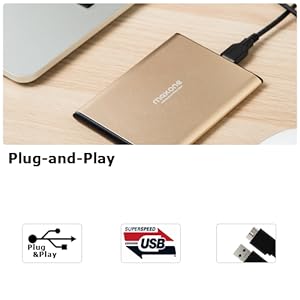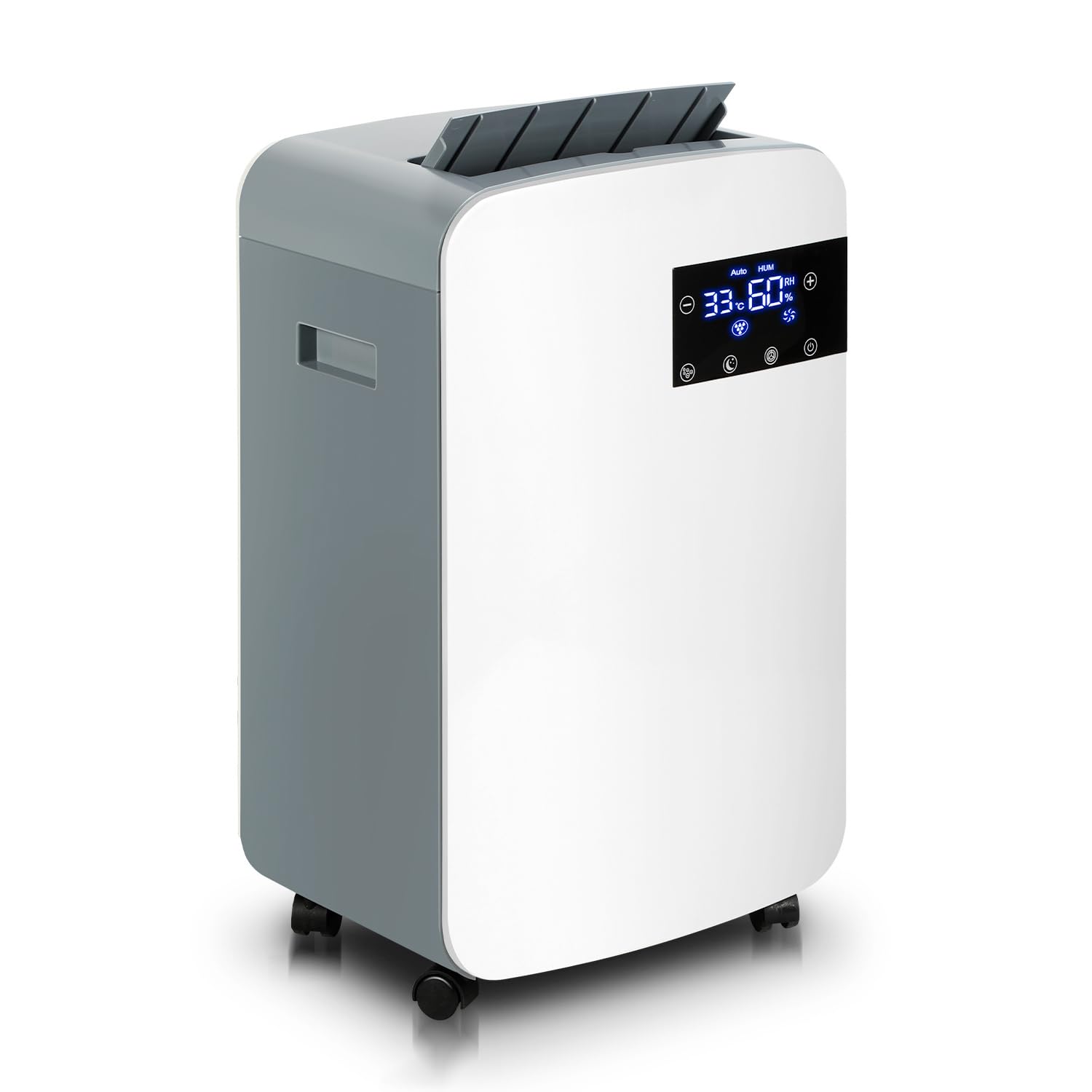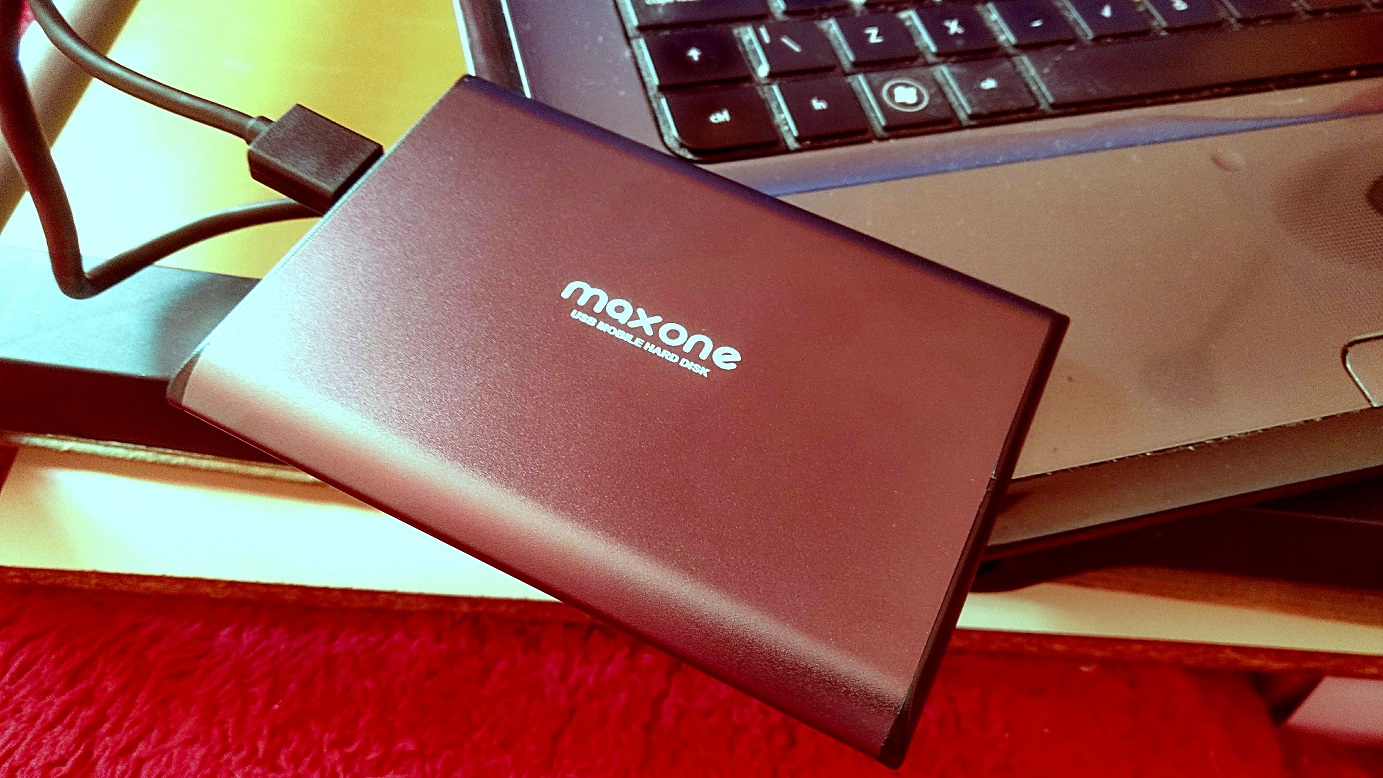great quality
Verified Post by Deano C
Published on 09 Jul, 2019
2.5" Portable External Hard Drive 320GB-USB 3.0 Ultra Slim Aluminum HDD Backup for PC/Desktop/Laptop/TV/Mac/MacBook/XBox/PS4/Chromebook/Windows - Charcoal






I needed a handy sized external hard drive to act as a TimeMachine for my 2017 MacBook Pro. This was plug in and use straightaway, no need to download additional software (unlike other external hard drives that I’ve previously purchased). It feels very solid, made of aluminium and plastic.
Problem is, many external hard drives still use the old usb style ports, so if you laptop or desktop computer only has USB-C you will need an adapter similar to the one in my picture (dirt cheap on Amazon though), or a replacement cable (which I’ve ordered today off Amazon).
Powered by USB 3.0 technology, Maxone portable hard drives are much faster than - but still compatible with - USB 2.0 devices, allowing for speedy transfer when organizing your files. These external data storage devices are ready to use with Microsoft Windows and Mac OS(may need reformat), requiring no software installation and additional power supply, so it could be more easier to start storing all of your favourite files, movies, music, pictures, video games, etc.

Safe and Reliable
Maxone external hard drives provide a reliable and secure place for your files since every device has been technically tested according to unrivaled quality standards before it reaches to your hand.



Ultra Fast Transfer Speed
Allows you to connect to any USB port in your console (To maximize performance, please connect your hard drive to a USB 3.0 port). USB 3.0 supports a data transfer speed of 5 Gbit/second. This speed is necessary to ensure games and apps load quickly. Maxone hard disk drive comes with a 19.7-inch USB 3.0 cable.
Plug-and-Play
There’s no learning curve with this portable drive, just plug it in and go. Your Wii U will detect the drive and do the rest for you. It goes where you go—hassle-free.
Compact and Light Weight
The size: 12 x 8.3 x 1 cm Big storage capacity in slim body, which fits your palm decently. All-Aluminum enclosure offers stronger exterior protection and keeps the drive running cool and quiet.
More Details

Capacity May be Different Due to Use of a Different Measurement Standard
160GB≈149GB 250GB≈238GB 320GB≈298GB 500GB≈465GB 1 TB≈931 GB
Multi-function Usage
If you need it for PS3, PS4 and smart TV, this external hard drive has to be reformatted in exFat32 file.
Caution: Formatting will erase all data stored in the drive, please back up all your data first.
Trouble Shooting
If you connected a USB drive and Windows doesn’t show up in the file manager, you should
Check the Disk Management window. Open Disk Management on Windows 8 or 10, right-click the start button and select “Disk Management”. On Windows 7, press Windows+R to open the Run dialog, type diskmgmt.msc into it, and press Enter.

























